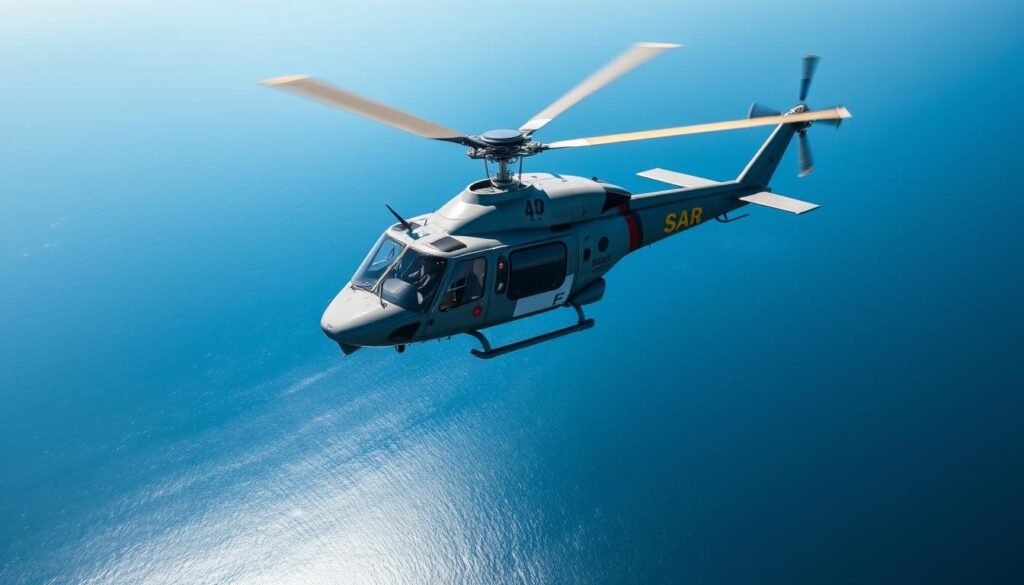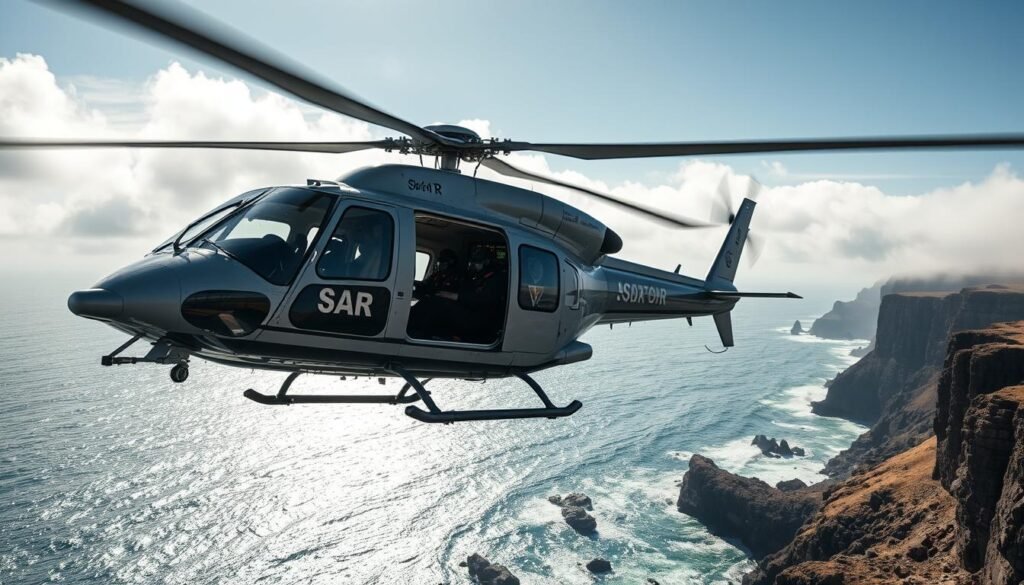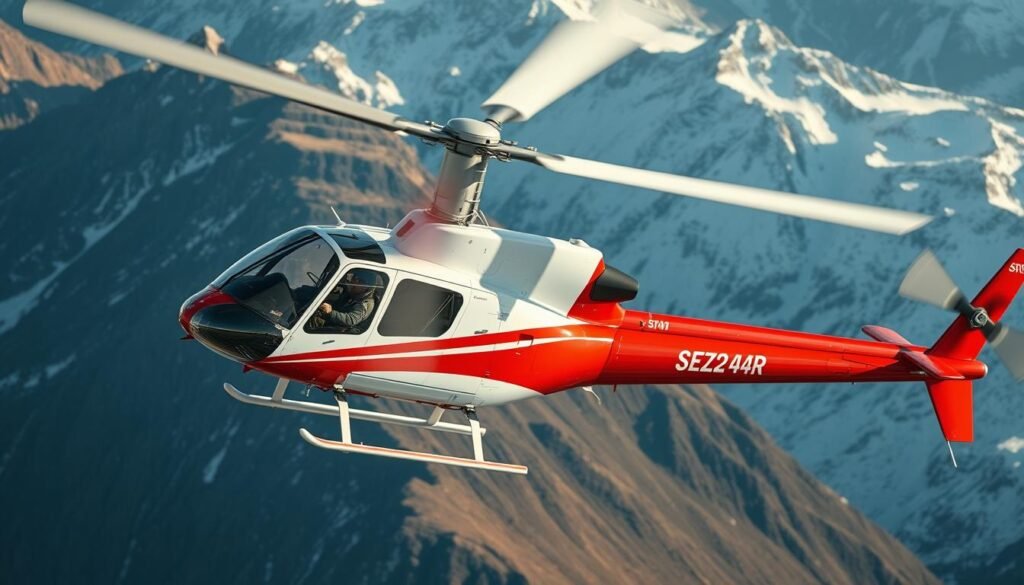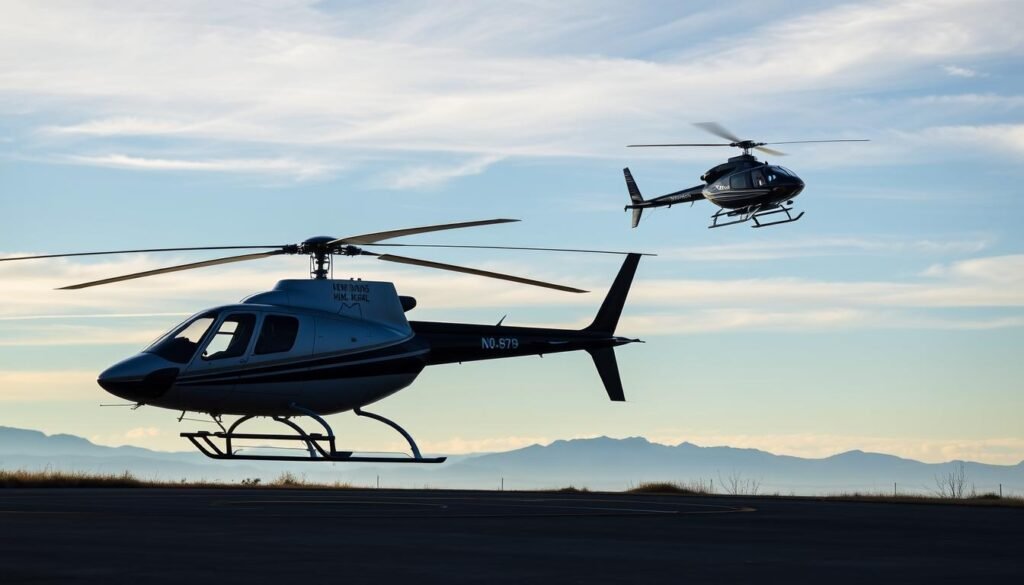One study found that rapid aerial response saved more than 10,000 lives worldwide in a single year. That scale shows how vital aerial search and rescue work is to communities and critical industries.
The aviation sector now offers unique opportunities across global operations, from offshore energy to government programs. Teams combine modern fleets, legacy airframes, and simulation training to raise standards and improve safety.
This page gives clear information on how qualified professionals access vetted roles, verified training paths, and structured career development. It links candidates to services and recruitment teams so people can move into high-impact roles with measurable mission success.
The organization highlights a culture of excellence, commitment to non‑discrimination, and ongoing development for employees. Candidates will find guidance on certifications, application steps, and the support networks that lead to rapid, responsible advancement.
Key Takeaways
- Global operations deliver life‑saving search and rescue and industry support.
- Established teams use modern fleets, simulators, and specialist training.
- Candidates need current experience, certifications, and clear records to apply.
- The page centralizes services and connects people to vetted opportunities.
- Equal opportunity and structured development support long-term success.
- Find detailed guidance and openings at the internal resource linked here: SAR aviation careers and opportunities.
Global SAR Aviation Opportunities And Why They Matter Now
The modern operator links fleet upgrades, international contracts, and next‑generation mission systems to meet pressing needs across maritime and coastal theaters.
Where Teams Work
Where SAR Pilots Work: Search And Rescue, Offshore Energy, And Government Programs
Dedicated search rescue tasking, offshore oil and gas flights, offshore wind logistics, and government programs are the principal arenas for these roles.
Employees and specialist crews integrate with maritime authorities and defense partners to deliver rapid, life‑saving support.
Safety And Technology Leadership: HeliOffshore Collaboration And Advanced Fleet Capabilities
HeliOffshore collaboration drives industry leadership by standardizing best practices and encouraging faster technology adoption.
Upgrades such as all‑weather avionics and enhanced sensors make a measurable difference in mission outcomes. Field examples include the 10,000th mission for Western Australia’s DFES and emergency flood response in Brazil.
| Arena | Typical Roles | Impact |
|---|---|---|
| Search Rescue | Flight crews, specialists, instructors | Community protection and rapid response |
| Offshore Energy | Logistics crews, technical teams | Platform support and emergency medevac |
| Government Programs | Training units, fleet support contracts | Long‑term operational resilience |
Why Opportunities Are Growing
- Expanding offshore wind and steady energy support lift demand for trained teams.
- Major contracts and infrastructure projects (for example, fleet support and naval training) create stable career pathways.
- Continuous training and development keep crews mission ready across theaters.
Candidates seeking structured pathways can learn more about related industries and roles at the best industries for rotor careers.
SAR Helicopter Pilot Jobs Overseas
Demand is rising for experienced aircrews and engineers to sustain high‑tempo search operations and training programs abroad.

The provider seeks pilots with recent search rescue recency, instrument proficiency, and clear currency logs. Candidates should present licenses, type ratings, and documented mission outcomes to speed vetting and onboarding.
Pilot Requirements, Recent SAR Experience, And Mission Readiness
Selection favors demonstrable mission readiness. That includes instrument time, high‑tempo sortie history, and evidence of safe decision‑making under pressure. Commitment safety is central to selection and measured in response times and procedural compliance.
Specialist Roles: SAR Aircrew, Instructors, And Licensed Engineers
Teams hire specialist aircrew for hoist operations and coordination, instructors for simulator and live training, and licensed engineers for inspections and repairs. Expertise on Leonardo and like platforms is highly valued to keep aircraft mission‑ready.
International Deployment, Contract Positions, And Operational Support
Contract and permanent pathways include rotational schedules and international deployments. Employees join operations supported by major government programs, including the Royal Navy £41M FHSU and the seven‑year £141M German Navy contract, with new hangar infrastructure at Portland.
“Rapid, well‑documented readiness and technical expertise deliver measurable mission success.”
| Role | Key Requirement | Performance Metric |
|---|---|---|
| Pilots | Type ratings, instrument currency | Response time, mission compliance |
| Instructors | Simulator and live training experience | Training completion rates |
| Engineers | Leonardo or similar platform expertise | Maintenance turnaround, airworthiness |
Training, Qualification, And Career Development Pathways
Structured learning roadmaps blend classroom lessons, high‑fidelity simulators, and flight hours to build versatile mission crews. These paths use legacy and modern helicopters plus ex‑military airframes to widen platform familiarity and boost confidence.

Comprehensive Training Platforms: Legacy And Modern Aircraft, Simulators, And Ex‑Military Airframes
Instruction includes emergency procedures, hoist and winch operations, night and IFR profiles, and maritime coordination. Simulators rehearse complex failures and multi‑crew coordination to compress learning curves and raise expertise.
Apprenticeships, Technical Training, And Leadership Development Programs
Apprenticeships and technical tracks move employees from entry roles toward senior maintainer and crew specialist positions. Leadership development programs train managers in decision‑making under pressure and team effectiveness.
Safety Culture In Practice: Industry Summits, Continuous Learning, And Best‑Practice Standards
Continuous learning is reinforced through line‑oriented safety audits, reporting and debriefs, and an annual Safety & Quality Summit that spreads best practices globally.
“Commitment to safety in training and operations delivers measurable mission reliability.”
| Training Element | Focus | Outcome |
|---|---|---|
| Classroom & Ground School | Procedures, systems theory | Standardized knowledge, checklist discipline |
| Simulator Sessions | Failure scenarios, crew coordination | Faster readiness, reduced in‑flight risk |
| Aircraft Time | Legacy and modern platforms | Platform versatility, mission confidence |
| Apprenticeships | Technical maintenance and mentorship | Career pipelines, certified technicians |
For routes into formal schooling and accredited academies, see the leading academies that support career progression and certification.
Compensation, Benefits, Inclusion, And Equal Opportunity
Operators pair transparent pay frameworks with tailored services that help people and families adapt to long rotations and international assignments. These offerings balance financial reward with day‑to‑day wellness, ensuring teams remain mission ready.
Competitive Compensation, Wellness Benefits, And Global Support Networks
Compensation structures reward performance and the specialist demands of maritime and search operations. Pay bands are clear and reflect experience, type ratings, and operational tempo.
Benefits prioritize physical, mental, and financial wellbeing. Employees access health plans, family support services, and relocation assistance suited to rotational postings in the industry.
Diversity, Equity, Inclusion, And Employee Resource Communities
The operator runs cross‑country Connect Teams that span eight countries to amplify diverse voices. These groups support knowledge sharing and create leadership opportunities through development programs and mentorship.
Inclusive ERGs and targeted training help people grow into technical and management roles. This approach links diversity to better decision‑making, risk assessment, and operational resilience.
Equal Employment Opportunity Commitment And Non‑Discrimination Standards
Commitment to Equal Employment Opportunity is explicit: no discrimination based on race, sex, color, religion, gender, sexual orientation, gender identity or expression, national origin, age, genetic information, disability, or veteran status.
Structured onboarding and continuous training embed safety and best practice quickly. Transparent pay practices, clear policies, and reliable support frameworks sustain morale and retention across the global service network.
Conclusion
Candidates will find this page to be a practical gateway to verified programs that accelerate career growth and readiness. It links training, leadership development, and structured development programs to clear pathways into specialist roles.
Commitment to safety remains the backbone of mission success, supported by continuous training, standardized procedures, and leadership accountability. Global support, benefits, and transparent compensation help sustain employees and families during deployments.
Technology and modern helicopter fleet upgrades make a measurable difference in outcomes. Qualified professionals with recent sar experience are invited to apply and submit a resume or CV. For a rear crew opportunity and practical role details see rear crew opportunity.
Next steps: review role requirements, align credentials, contact recruitment, and schedule assessments to speed deployment and make a real difference in aviation safety and community outcomes.



